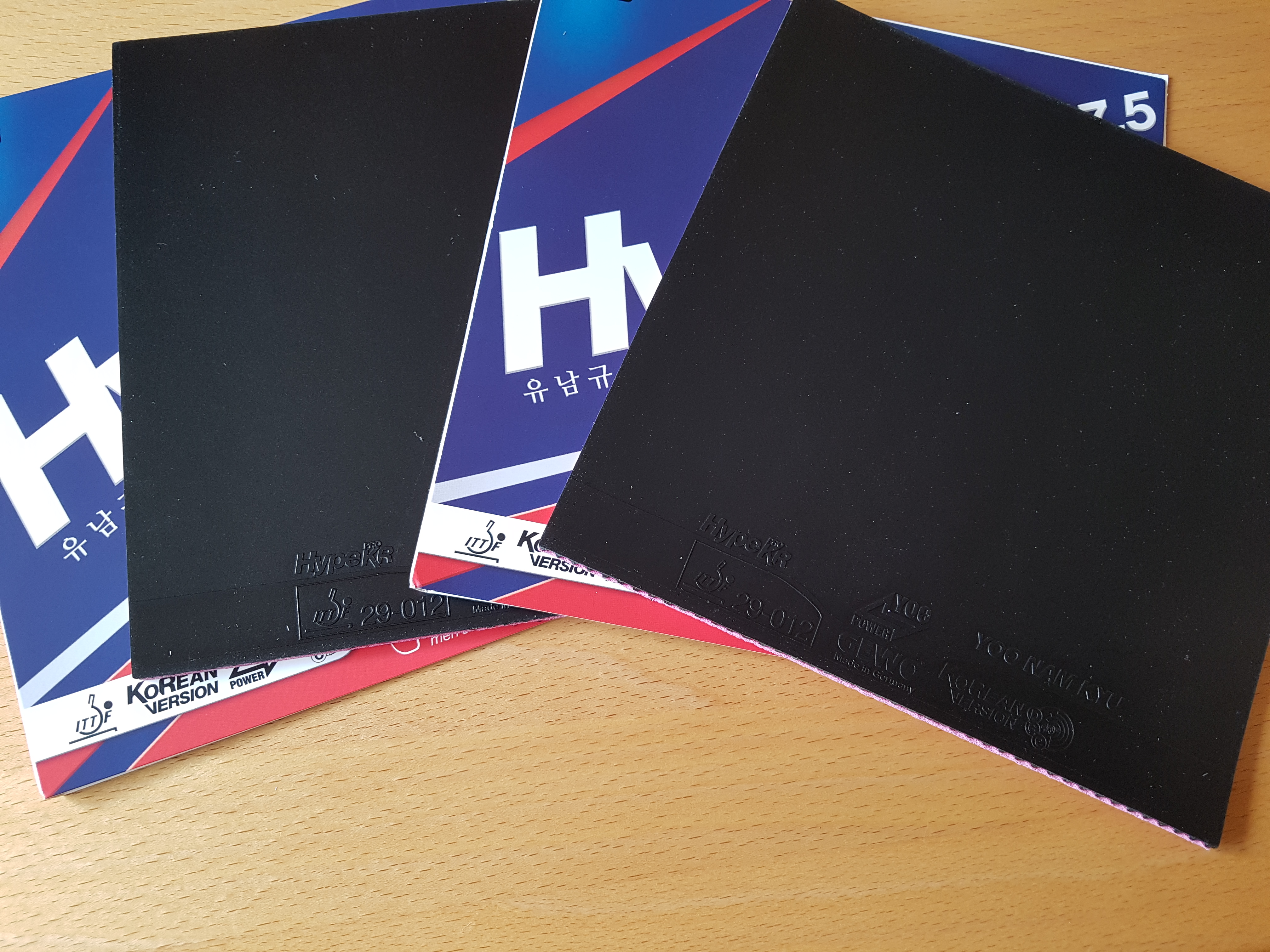
The press release announcing the merger target is often filed simultaneously with the investor presentation and typically provides a less detailed summary of the information contained in the investor presentation. Using SPACs that announced a merger transaction over 2015-2020, we find investor presentations have the most detailed and comprehensive set of forward-looking information relevant to the future performance of the merged firm. In contrast, traditional IPOs represent securities offerings, which are subject to the Securities Act (1933) Section 12(a) (2), which limits a firm’s communication during the quiet period, also called gun-jumping rules. Because the acquisition of the private company and the deSPAC transaction are generally considered a merger rather than an IPO transaction, Section 10 of the 1934 Exchange Act and the PSLRA safe harbor for forward-looking statements govern disclosure liability for the deSPAC transaction.

Shareholders have the option to redeem the pre-merger shares before the merger announcement. Three to five months after the announcement, the SPAC holds a shareholder vote and, in effect, takes the acquired firm public, marking the start of the “deSPAC” period. They then search for a private target and announce the planned acquisition. SPACs are blank check companies that raise capital in the public market (i.e., the SPAC IPO). With that in mind, we examine the extent of forecasting by SPACs and its relation to transaction outcomes. Either way, it’s time to reconsider disclosure regulations related to IPO. It could also mean that IPO disclosure regulations are preventing small companies with scant performance history from raising money in public markets.

The growth in this market might mean that sophisticated investors are using a regulatory loophole to avoid IPO disclosure regulations in taking firms public and hyping their shares.

In 2021, 359 SPACs have raised $95 billion, surpassing the $74 billion raised by 254 SPACs in 2020.


 0 kommentar(er)
0 kommentar(er)
